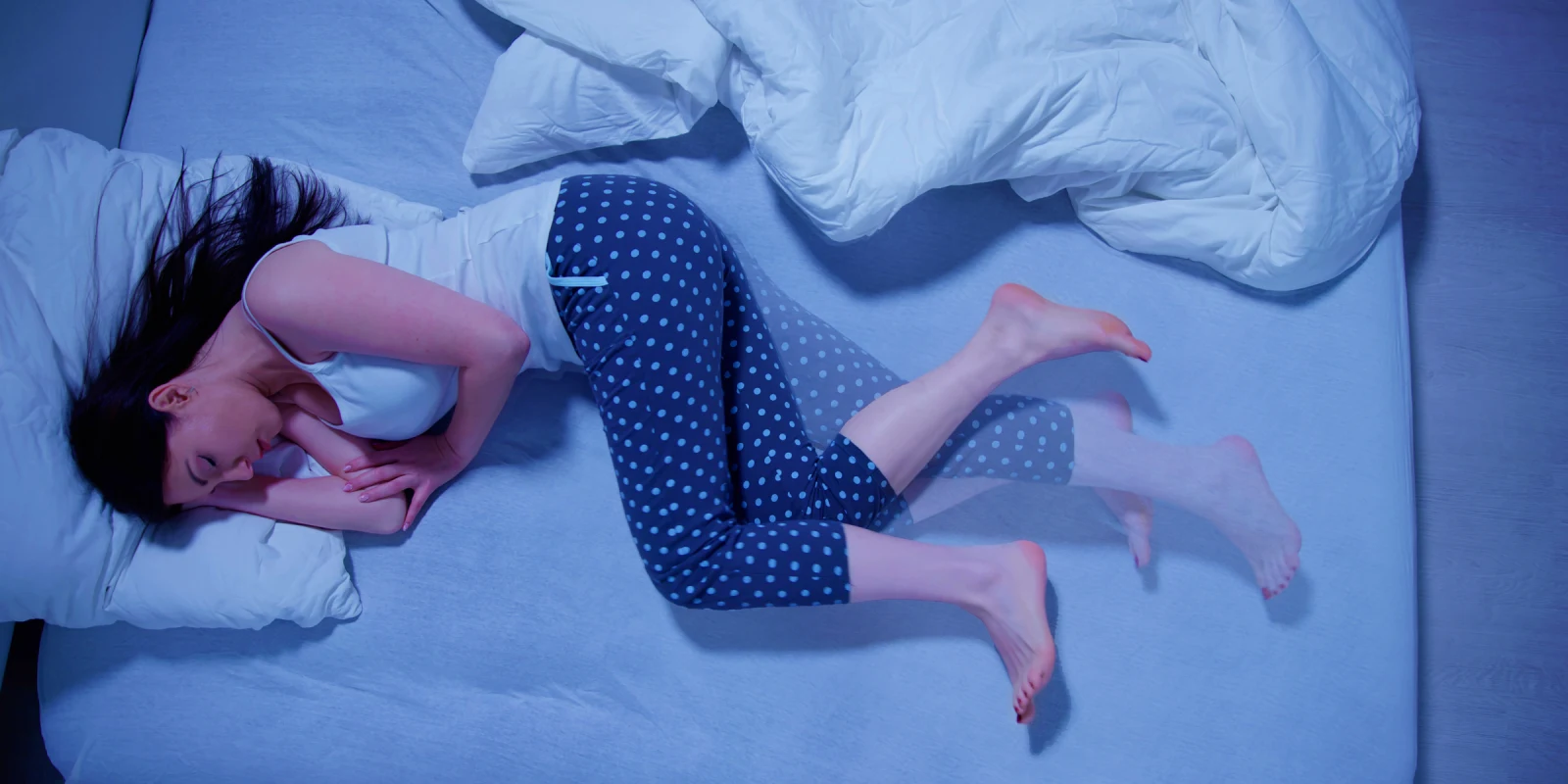“But I thought dopamine agonists (DAs) were first-line?!” This was the often incredulous exclamation ringing throughout SLEEP 2024 this year, the national conference hosted by the Associated Professional Sleep Societies (APSS) this June in Houston. After a mere twenty-five-minute lecture on restless legs syndrome (RLS) during its entire general sessions in SLEEP 2023, RLS, which affects about 5% of the U.S. population, came back with a vengeance this year with multiple sessions, and more importantly, the news that the former first-line DAs have now been downgraded to NOT recommended.
RLS is a neurological disorder in which patients develop an irresistible urge to move the legs, occurring at night, and are relieved by movement. It is most linked pathophysiologically to deficiencies of iron in the central nervous system, which can also disrupt the dopamine system, a neurotransmitter involved in a variety of processes including behavior, movement, and sensations. Dopaminergic drugs were incidentally found to eliminate (miraculously, at first) RLS symptoms as far back as the early 1990s with three FDA-approved agents arriving on the scene in the early 2000s — pramipexole, ropinirole, and transdermal rotigotine. However, as far back as 1996 and with further publications in the mid-2000s, as their use in RLS grew exponentially, it became apparent that these drugs led to an insidious worsening of the condition called “augmentation.” This is an iatrogenic form of RLS with symptoms coming on progressively earlier in the day, with greater severity at night and during sedentary activities, and even causing spread to other areas outside the legs. Clinicians, however, reflexively increase the dose, which provides immediate, but short-lived relief of symptoms before patients augment again at the higher dose. This pattern continues but with increasing severity and other effects including high rates of impulse control disorders. The solution, rather, is to eliminate DAs, leading to a partial recovery of dopaminergic function and improvement to RLS. The drugs, however, cannot simply be stopped, or patients suffer from a nightmarish form of withdrawal, with extreme RLS symptoms and sometimes depressive symptoms, even suicidality. Patients with augmentation generally have to taper over weeks to months, usually with other treatments to compensate for RLS symptoms from withdrawal.
In a 2016 consensus paper, the three foremost international RLS organizations downgraded DAs from first-line treatment in favor of alpha-2-delta ligand medications such as gabapentin. This recommendation went largely unnoticed, as a 2021 study revealed DAs were prescribed nationally to almost 60% of patients, frequently at doses exceeding FDA limits.
Fast forward to SLEEP 2024, the American Academy of Sleep Medicine (AASM), which co-hosts the conference with the Sleep Research Society (SRS), is close to releasing its new 2024 Clinical Practice Guidelines for the Treatment of RLS this fall after the draft came out for public comment in March. The new guidelines conditionally recommended against the big three DAs and levodopa due to the high rates of augmentation, on the order of 7% per year, a disastrous outcome for a condition that is typically lifelong.
What can clinicians do for the treatment of RLS if DAs are out? In a June 5 workshop on managing augmentation, Dr. Brian Koo of Yale presented behavioral changes to optimize sleep and treat comorbid conditions like insomnia and obstructive sleep apnea. Clinicians should address triggers of RLS, including a reduction of drugs like antihistamines or antidepressants and substances like alcohol that significantly exacerbate RLS. The other lectures addressed the standard sequence of treatment steps, including regular evaluation and aggressive supplementation of iron, usually by intravenous formulations, prescription of alpha-2-delta ligand drugs such as gabapentin, and then, if these fail, administering low-dose opioid medications.
That’s right, in an environment in which the medical field seemingly wants to push opioids to near extinction, low-dose opioids continue to be a highly effective, stable, and essential treatment for many suffering from severe RLS. They are often required in those with augmentation. Research continues to show dysfunction in the endogenous opioid system as a factor in RLS. Dr. Koo’s poster abstract on abnormalities of the melanocortin system, which modulates pain and movement, showed data from a recently published study of cerebrospinal fluid revealing increased melanocyte-stimulating hormones and decreased beta-endorphins compared to controls. Dr. John Winkelman of Harvard, in several sessions and abstracts, presented compelling data from the National RLS Opioid Registry, which has tracked 400 individuals with RLS who have been on opioid therapy for the condition. The registry data show that nearly 80% were on a low dose of opioids at baseline, and just over 50% remained on the same or decreased dose four years later. The use of small doses of the safer buprenorphine and methadone, emerging as the most recommended opioids in the condition, may continue to reduce risk and add to the success of this treatment.
The new kid on the block is high-frequency peroneal nerve stimulation, one of only five treatment classes recommended in the AASM Guidelines. The device is a cuff worn below both knees that delivers stimulation to the peroneal nerve for 30 minutes, likely activating the same feedback loop that makes ambulation so effective, except that patients can stay in bed and sleep. There are now two convincing sham-controlled, randomized trials and a plethora of abstracts at SLEEP 2024 and the prior year, demonstrating that the device is cost-effective, compatible with sleep initiation, and able to reduce RLS drug treatment dose in many subjects. The device was FDA-cleared last year and is slowly being released in several U.S. states.
In all, SLEEP 2024 prepared participants for the upcoming publication of the landmark AASM guidelines — much needed as the medical field digs out of the dark hole of dopaminergic augmentation.
Dr. Berkowski has no conflicts to report.
Image by Andrey_Popov / Shutterstock







